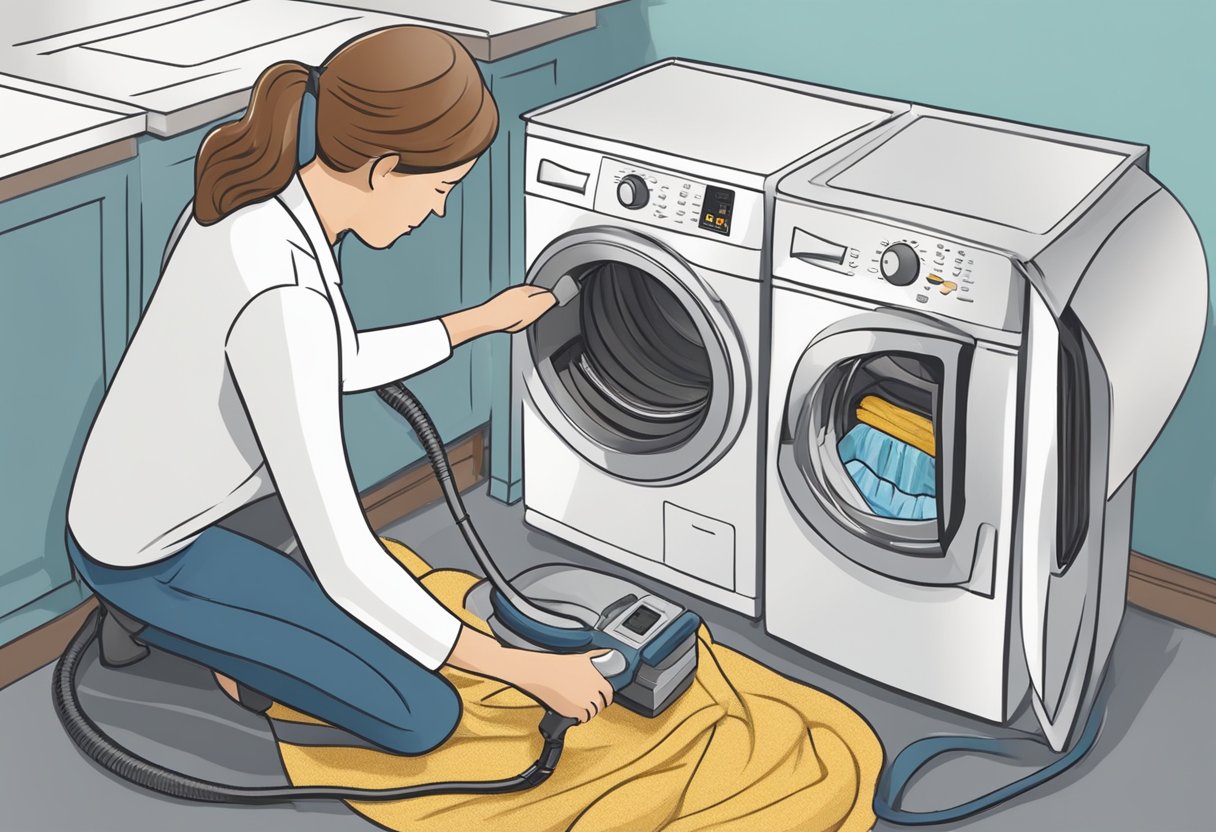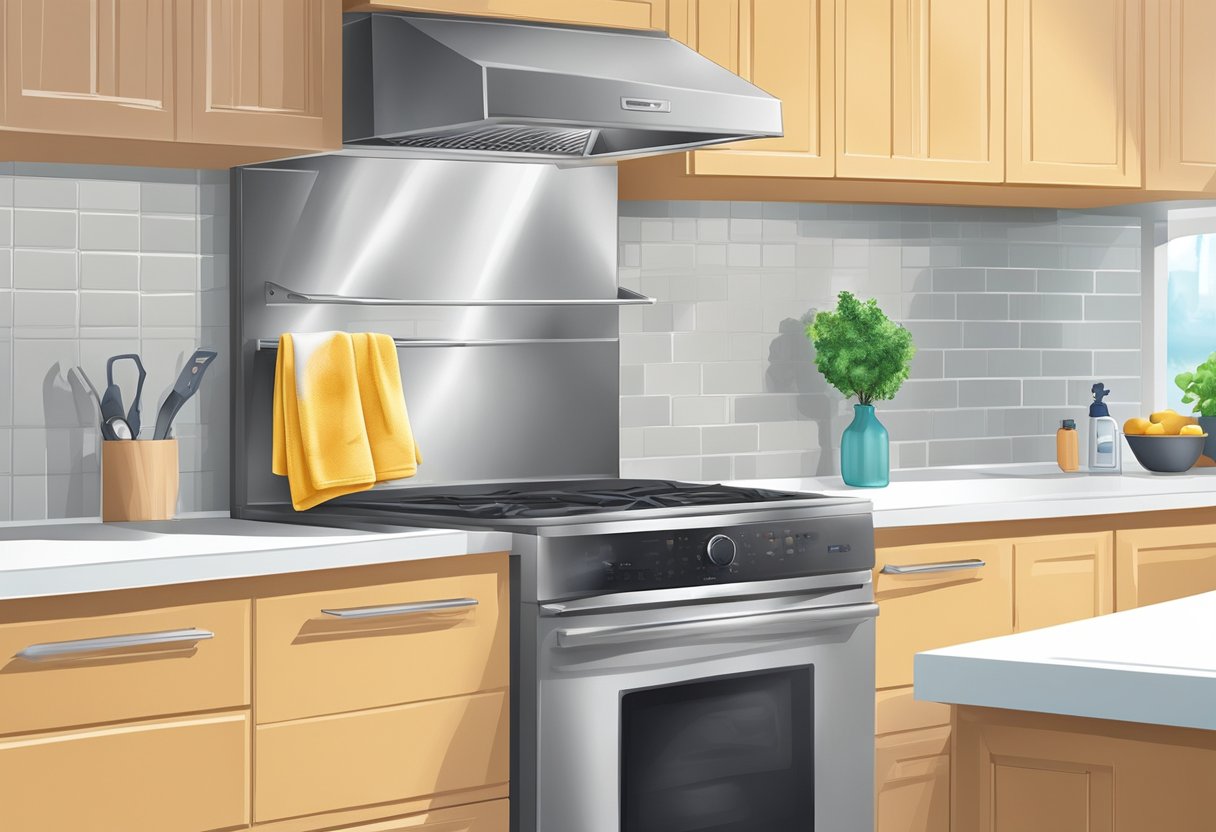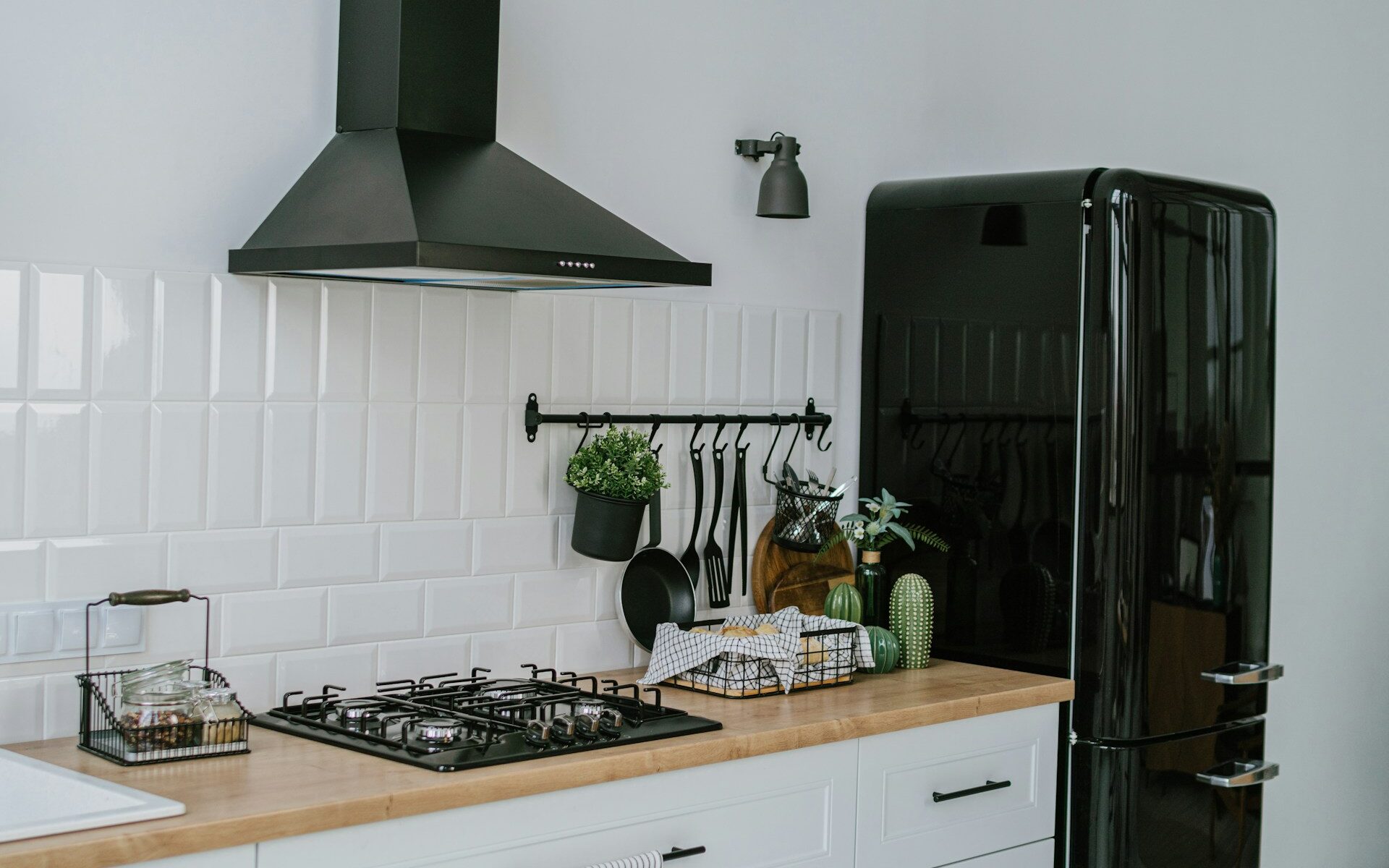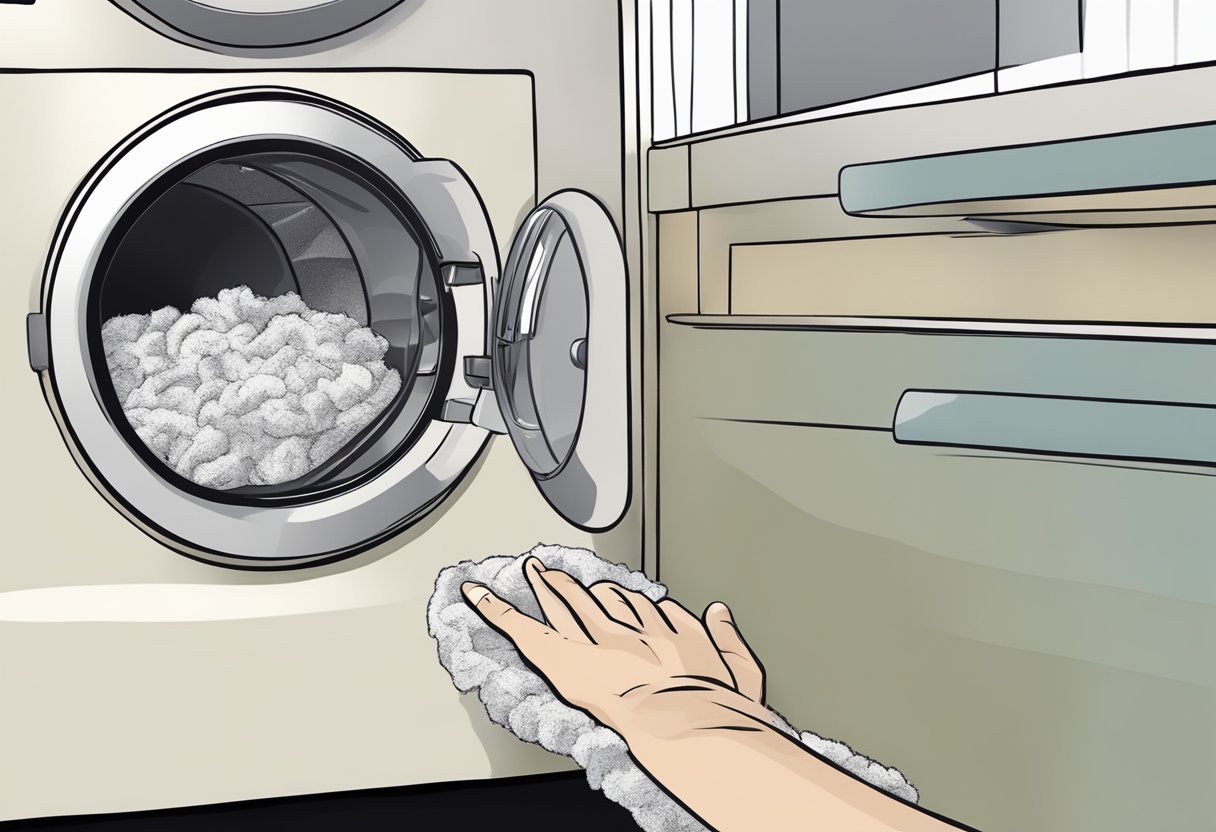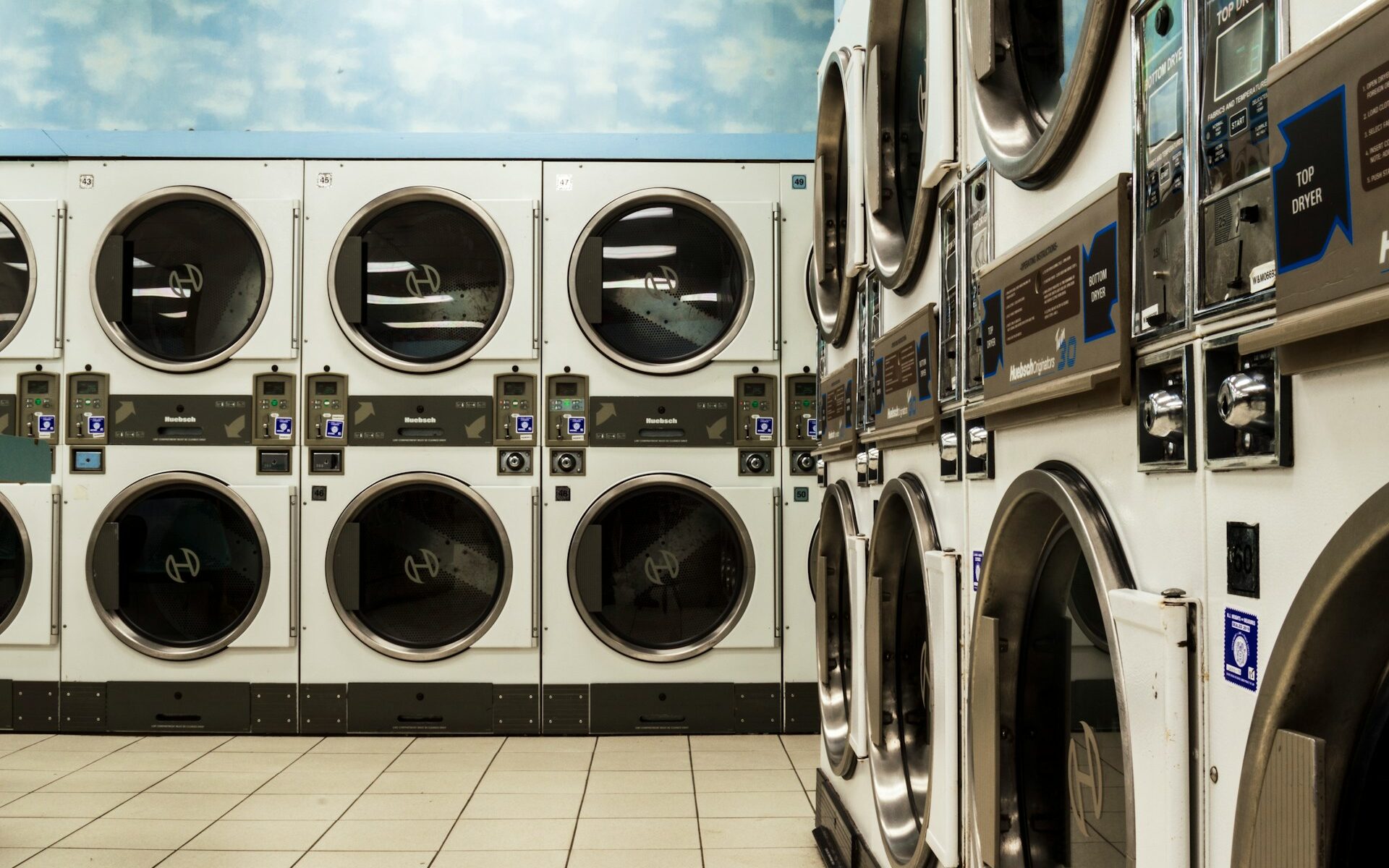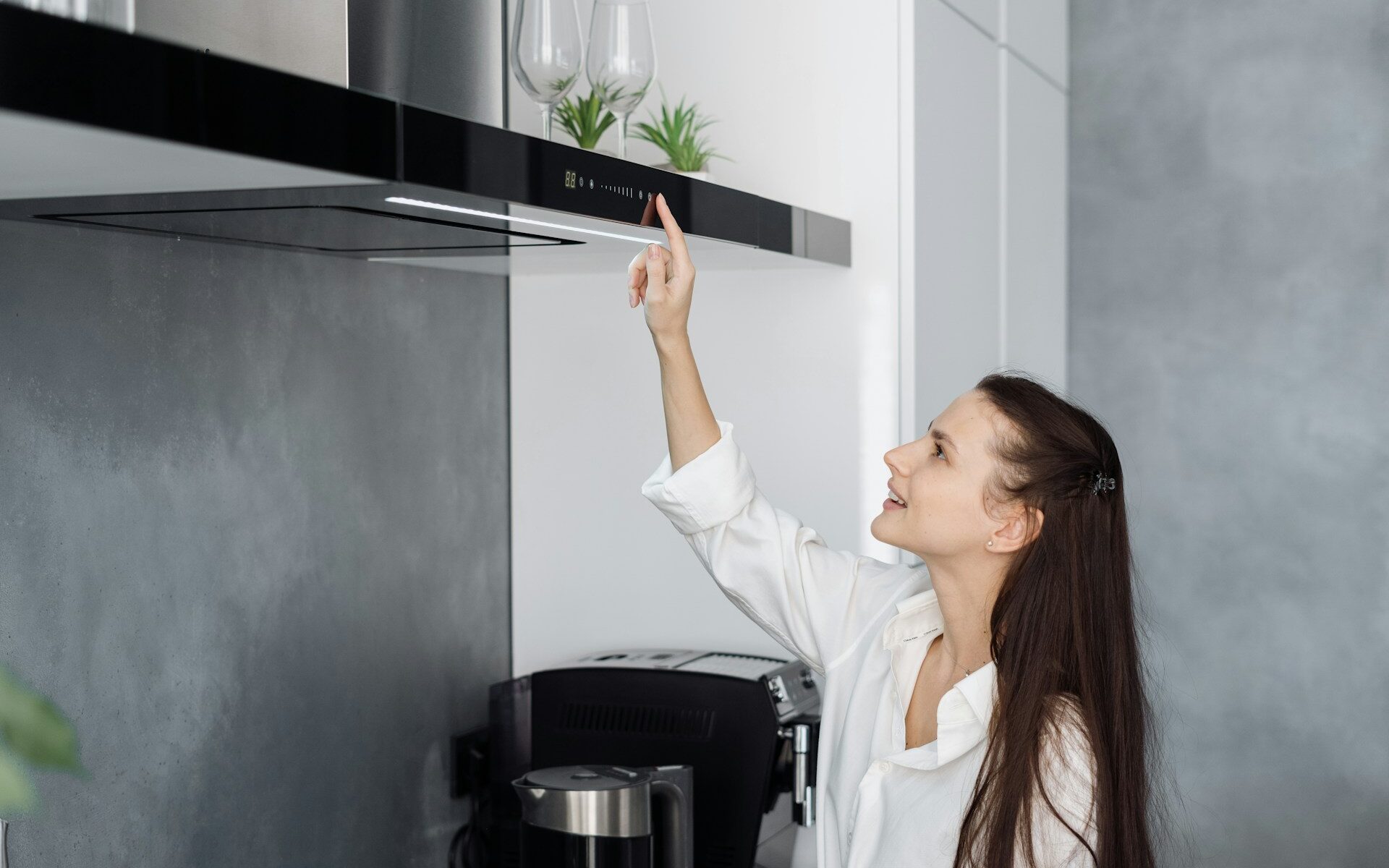Your plumbing system is a crucial part of your home that requires regular servicing to function effectively. Routine plumbing maintenance not only helps you avoid costly repairs but also ensures that your systems run smoothly and efficiently. By addressing potential plumbing problems early, you can prolong the lifespan of your pipes and fixtures, ultimately saving you money.
Engaging in preventative plumbing services allows you to tackle common issues before they escalate. Whether it’s scheduling an annual inspection to check for leaks or keeping drains free of debris, these proactive measures can prevent more serious complications down the line. You can trust that comprehensive plumbing system servicing provides peace of mind as you maintain a comfortable and functional living environment.
Investing in your plumbing system is essential for preserving the value of your home. Regular maintenance can help you identify issues promptly and avoid the inconvenience of unexpected breakdowns. Emphasizing preventive care means you can enjoy your home without the stress of plumbing concerns looming overhead.
Understanding Your Plumbing System
A solid grasp of your plumbing system is essential for any homeowner. Knowing the types of systems in your home, common components, and the significance of regular inspections can help you maintain efficiency and prevent problems.
Types of Plumbing Systems
There are two main types of plumbing systems: drainage systems and water supply systems.
- Water Supply System: This system delivers fresh water to your sinks, toilets, and other fixtures. It includes pipes, valves, and faucets that connect to municipal water supplies or private wells.
- Drainage System: This system removes wastewater from your home. It consists of pipes, vents, and traps that transport waste to the municipal sewer or septic system.
Knowing these systems helps you identify issues quickly, ensuring efficient operation and water conservation.
Common Plumbing Components
Your plumbing system consists of several key components that work together seamlessly. These include:
- Piping: Pipes are responsible for transporting water to and from fixtures. Common materials include PVC, copper, and PEX.
- Valves: These control water flow and pressure, ensuring you can shut off water supply easily in emergencies.
- Fittings: Connect different sections of piping, allowing for proper routing of water throughout your home.
Understanding these components helps you troubleshoot minor issues and informs you when professional maintenance is needed.
The Importance of Regular Inspection
Regular plumbing inspections can save you time and money by identifying potential issues early. A qualified professional can assess your system for:
- Leaking Pipes: Small leaks can lead to significant water damage over time if uncaught.
- Corroded Components: Aging pipes and valves may weaken, necessitating replacement to avoid catastrophic failures.
- Clogged Drains: Routine inspections help detect clogs before they become serious blockages, ensuring smooth drainage.
Scheduling regular inspections promotes efficient functionality and extends the lifespan of your plumbing fixtures, securing your investment long-term.
Routine Plumbing Maintenance
Maintaining your plumbing system is essential for preventing costly repairs and ensuring everything runs smoothly. By implementing a well-structured maintenance plan and following practical tips, you can manage your plumbing effectively. Here are key areas to focus on.
Maintenance Plan Development
A maintenance plan is crucial for sustaining your plumbing system’s health. Start by scheduling regular inspections of critical components like pipes, faucets, and water heaters. Aim for annual inspections, especially in older homes where wear and tear is more common.
Consider documenting any plumbing problems you encounter, including leaks or unusual noises. This record will help identify recurring issues over time. Incorporate specific tasks, such as drain cleaning and checking for signs of corrosion, into your annual maintenance calendar to ensure nothing is overlooked.
DIY Plumbing Maintenance Tips
For effective DIY maintenance, begin with simple tasks. Regularly check for leaks in faucets and toilets, as these can waste significant water over time. Fixing these issues promptly can save you money on water bills and prevent larger plumbing problems.
Another tip is to clean your drains. Use a mixture of baking soda and vinegar to keep them clear of buildup. This natural method helps maintain flow without harsh chemicals. Additionally, insulating pipes, especially those in unheated areas, can prevent freezing and bursting during colder months.
Make it a habit to flush your water heater annually to remove sediment and prolong its life. These straightforward DIY plumbing maintenance tips will help you maintain an efficient plumbing system.
Professional Plumbing Services
While DIY maintenance is beneficial, certain tasks require professional expertise. Professional plumbing services, such as thorough inspections and repairs, add an extra layer of assurance. Specialists can identify issues that may not be immediately visible, such as hidden leaks or deteriorating pipes.
Consider utilizing professional services for routine water heater maintenance, ensuring optimal performance. Regular drain cleaning services can also prevent clogs and buildup that DIY methods might not fully address. Scheduling these services can extend the lifespan of your plumbing system and minimize the risk of emergency repairs, making it a smart investment for your home.
Identifying and Addressing Common Issues
Homeowners often encounter various plumbing issues that require attention to maintain a safe and functional living space. Recognizing and addressing these problems early can save you time, money, and stress. This section focuses on key plumbing challenges including leaks, clogs, and low water pressure.
Dealing With Leaks and Water Stains
Leaks are common issues that can lead to water stains on ceilings and walls. To identify a leak, look for damp spots, mold growth, or peeling paint. Once discovered, you can often fix minor leaks by tightening connections or using plumber’s tape on threaded fittings.
For persistent leaks, it may be necessary to replace washers or O-rings in faucets and fixtures. If you notice water pooling or significant stains, you might need to inspect pipes for corrosion or damage. Timely repairs can help prevent costly water damage and structural issues.
Resolving Clogs and Slow Drains
Clogged drains are frustrating and can disrupt your daily routine. Begin by using a plunger to dislodge minor blockages in sinks and toilets. For kitchen sinks, a mixture of baking soda and vinegar can help break down grease and food build-up.
If these methods don’t work, consider using a drain snake to remove deeper clogs. Regular maintenance such as flushing drains with hot water can help keep pipes clear. Avoid using chemical drain cleaners as they can corrode pipes over time.
Fixing Low Water Pressure
Low water pressure can affect your plumbing system’s performance. Start by checking if the issue is localized to one fixture or impacts the whole house. If it’s isolated, a clogged aerator or showerhead might be the culprit. Cleaning these components can restore normal flow.
For whole-house issues, check the main shut-off valve to ensure it’s fully open. If problems persist, sediment build-up within pipes could be the cause, requiring professional cleaning. Regular inspections can help maintain optimal water pressure and the efficiency of your plumbing system.
When to Repair vs. Replace
Deciding whether to repair or replace your plumbing system is crucial for maintaining efficiency and preventing further issues. Key factors include assessing repair costs, understanding the lifespan of your plumbing fixtures, and recognizing signs that indicate a need for replacement.
Assessing Repair Costs and Benefits
When evaluating whether to repair or replace, start by estimating repair costs. Minor issues often require simple repairs that can be completed for under $500. Compare this with the long-term costs of repeated repairs, especially for aging systems.
For example, if you find yourself needing multiple repairs within a short time frame, it may be more cost-effective to invest in a replacement. Consider the type of pipe involved. Galvanized pipes tend to corrode over time, leading to persistent issues, whereas newer materials might yield better longevity.
Understanding the Lifespan of Plumbing Fixtures
Different plumbing components have varying lifespans. For instance, PVC pipes can last around 25-40 years, while copper pipes can endure 50 years or more with proper care. Aiming for preventive maintenance can significantly extend these lifespans.
Consider your plumbing fixtures. If they are nearing the end of their expected lifespan and show signs of wear, it might be time for a comprehensive evaluation of your plumbing system. Investing in newer materials or fixtures can reduce future repairs.
Signs You Need a Replacement
Be alert to specific indicators that suggest your plumbing may need replacement. Common signs include:
- Frequent clogs or backups: These may indicate extensive damage or deterioration of the plumbing.
- Unpleasant odors: Sulfur or sewage smell can signal leaks in sewer lines.
- Rust or discoloration: This can point to corroded pipes, especially with older galvanized models.
If you notice any of these signs, act quickly to avoid potential damage to your home.
Handling Plumbing Emergencies
When faced with a plumbing emergency, timely and appropriate action can minimize potential damage. Knowing how to identify an emergency, take immediate steps to mitigate water damage, and select a reliable service is crucial for every homeowner.
Immediate Steps to Mitigate Water Damage
In the event of a plumbing emergency, your first task is to stop the water flow. Locate the main shut-off valve and turn it off. This action can drastically reduce water damage.
Next, assess the situation. Look for visible leaks or broken pipes. If you notice pooling water, move belongings to higher ground to prevent further damage.
Consider using towels, buckets, or a wet vacuum to remove excess water. If there are any strange noises coming from your plumbing system, take note. These sounds could indicate underlying issues that may worsen if not addressed promptly.
Identifying an Emergency Plumbing Situation
Not all plumbing malfunctions constitute an emergency. However, certain signs indicate urgent situations. For example, if you experience sudden leaks, especially those causing significant water damage, you need immediate assistance.
Other emergencies include backed-up toilets or sinks, which can lead to sanitation issues. If your heating system fails during cold weather, it is also critical. Be aware of warning signs like strange noises or a persistent drop in water pressure, as these may precede more significant problems.
Regular preventive plumbing maintenance can help you spot these issues before they escalate into emergencies. Being proactive can save you time and money in the long run.
Choosing an Emergency Plumbing Service
Selecting a trustworthy emergency plumbing service can make a substantial difference. Look for companies that prioritize fast response times, as delays can exacerbate water damage.
Check online reviews and ask for recommendations from friends or family. A reputable service should be transparent about their pricing and offer a guarantee on their work.
Don’t hesitate to inquire about their experience with specific plumbing emergencies. If they offer preventive plumbing maintenance services, that is a good indication of their commitment to long-term solutions.
Make sure to choose a service that understands the urgency of your situation and can provide rapid, effective assistance.
Frequently Asked Questions
Understanding your plumbing system and its maintenance can help prevent costly repairs and extend the lifespan of your home’s systems. Here are some common queries related to servicing your plumbing.
How often should plumbing be serviced?
Plumbing generally should be serviced at least once a year. Regular check-ups help identify potential issues before they become serious problems, ensuring your system functions optimally.
What is included in plumbing system maintenance?
Maintenance typically includes inspecting pipes for leaks, checking water pressure, cleaning out drains, and ensuring that fixtures operate properly. A thorough inspection will also cover your water heater and other essential components.
How much does service plumbing typically cost?
Service plumbing costs can vary widely, depending on the complexity of the job and regional pricing. On average, homeowners can expect to pay between $100 and $300 for basic maintenance services.
Are plumbing service plans worth the investment?
Investing in a plumbing service plan can save you money over time. These plans often offer regular maintenance at a reduced rate, which can prevent costly repairs and extend the life of your plumbing systems.
What items are on a plumbing maintenance checklist?
Common items on a plumbing maintenance checklist include checking for leaks, inspecting toilets for proper function, clearing clogs from drains, and flushing the water heater. Regularly reviewing this checklist can help maintain your system’s efficiency.
What are the signs that indicate a need for plumbing maintenance?
Signs that your plumbing needs attention include slow drains, unusual noises in pipes, reduced water pressure, or damp spots on walls or ceilings. Recognizing these early warning signs can prompt timely service and prevent major issues.




